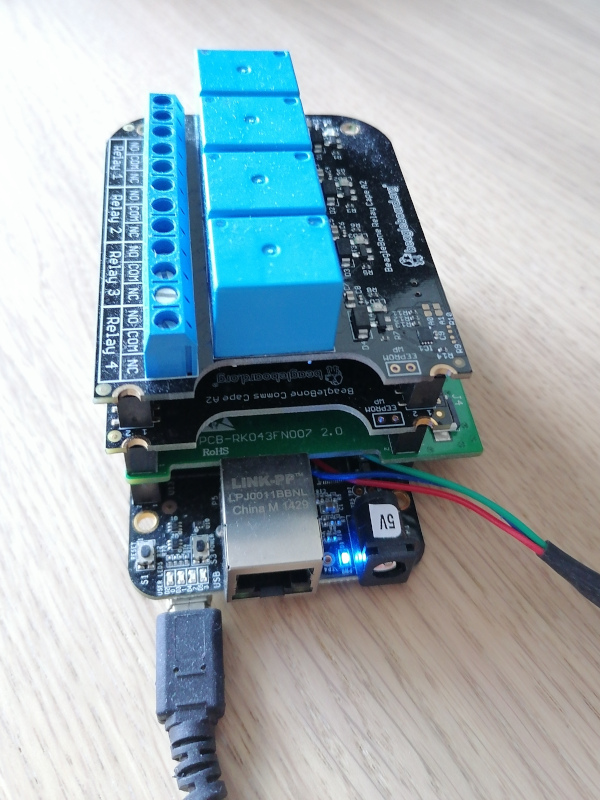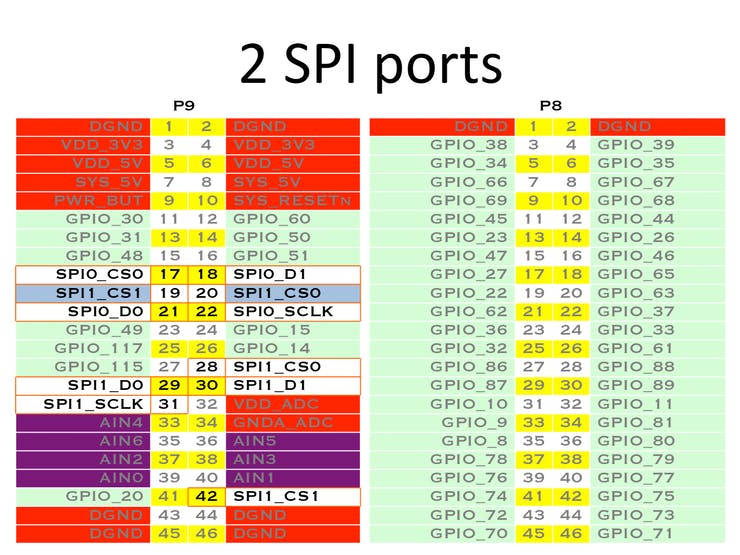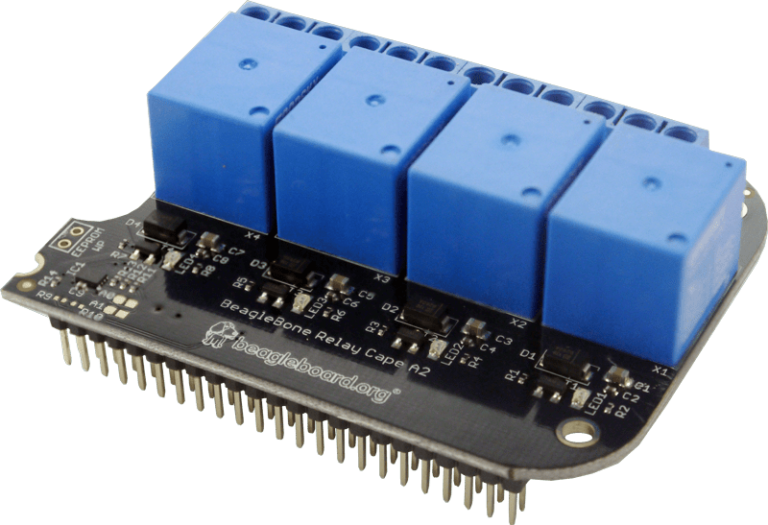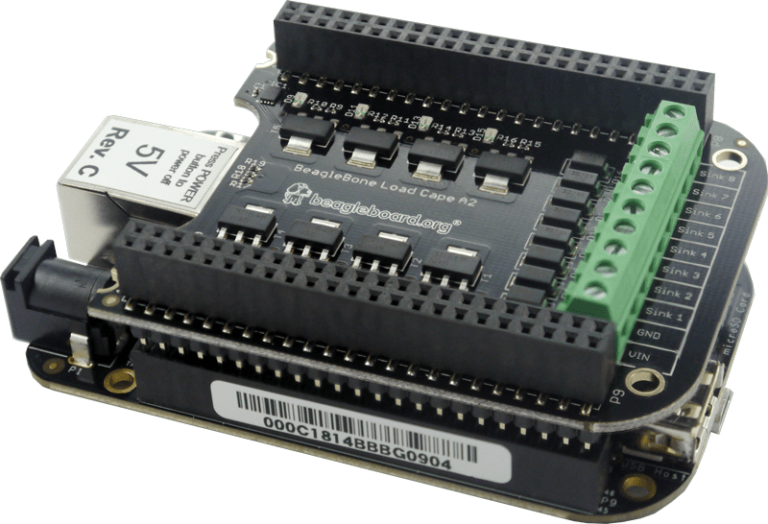GSoC reaching first evaluation

Now is a great time to check out some of the on-going projects! https://elinux.org/BeagleBoard/GSoC/2022_Projects

Now is a great time to check out some of the on-going projects! https://elinux.org/BeagleBoard/GSoC/2022_Projects

This article follows two earlier blog posts about Device Tree overlays: Using Device Tree Overlays, example on BeagleBone boards Device Tree: Supporting Similar Boards – The BeagleBone Example Introduction As explained in the first two blog posts, the BeagleBone boards are supported by a wide number of extension boards, called capes. When such a cape […]

Most of the BeagleBone boards from BeagleBoard.org share the same form factor, have the same headers and therefore can accept the same extension boards, also known as capes in the BeagleBoard world. Of course, a careful PCB design was necessary to make this possible. This must have been relatively easy with the early models (BeagleBone […]

The concept of Device Tree overlays The Device Tree language is a way to describe hardware that is present in a system and cannot be automatically detected. That’s the case of devices directly implemented on a System on a Chip, such as serial ports, Ethernet or Nand flash controllers. That’s also the case of devices […]

Using device trees is one of the most complicated and important, and sometimes risky, elements of using a Beagle to make use of add-on hardware. With the addition of the AM5729-based BeagleBone AI to the family of boards sporting BeagleBone headers, the complications have increased, requiring additional considerations with dependencies on different processor pins connected […]
Pantelis Antoniou originated device tree overlay support for the purpose of enabling dynamic hardware configuration under Linux on devices like BeagleBone that use device tree for hardware configuration. Device tree was introduced to Linux for the purpose of putting the description of hardware into data structures, rather than building it up programmatically, greatly reducing the […]